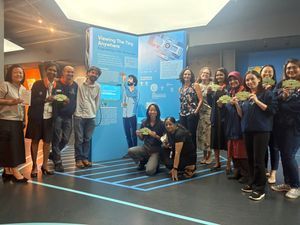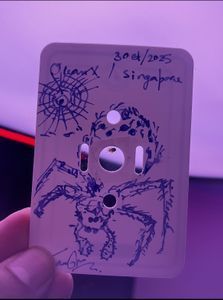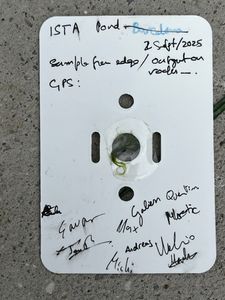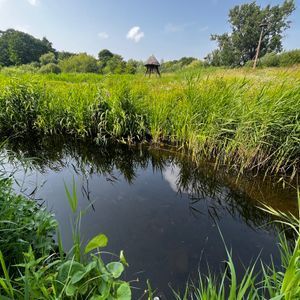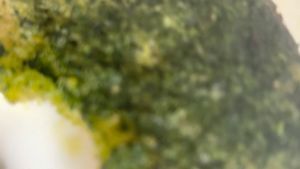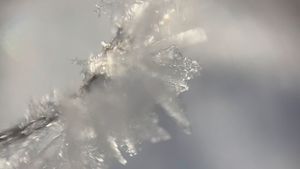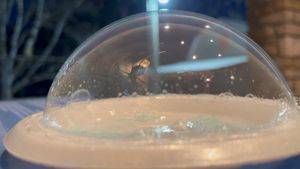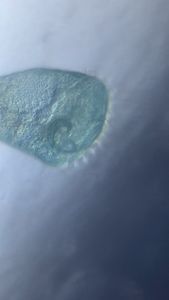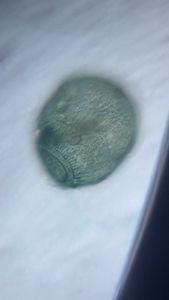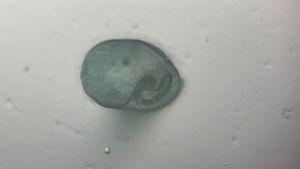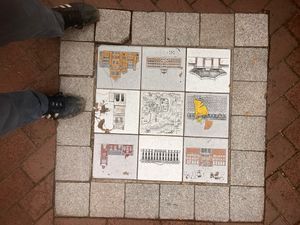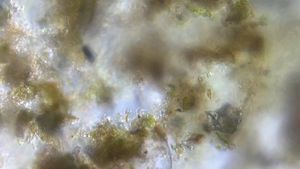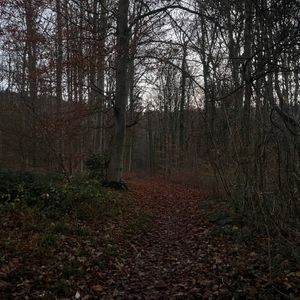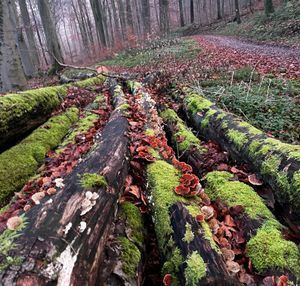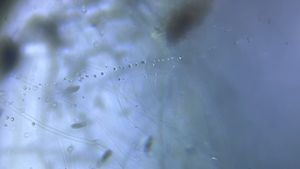Foldscope mystery animal Puzzle#1
 Apr 19, 2016 • 12:36 AM UTC
Apr 19, 2016 • 12:36 AM UTC United States
United States 140x Magnification
140x Magnification Microorganisms
Microorganisms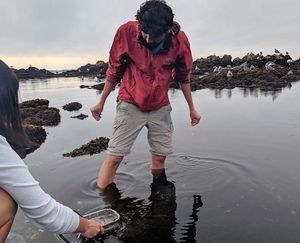
Manu Prakash
I am a faculty at Stanford and run the Prakash Lab at Department of Bioengineering at Stanford University. Foldscope community is at the heart of our Frugal Science movement - and I can not tell you how proud I am of this community and grassroots movement. Find our work here: http://prakashlab.stanford.edu
266posts
1192comments
42locations
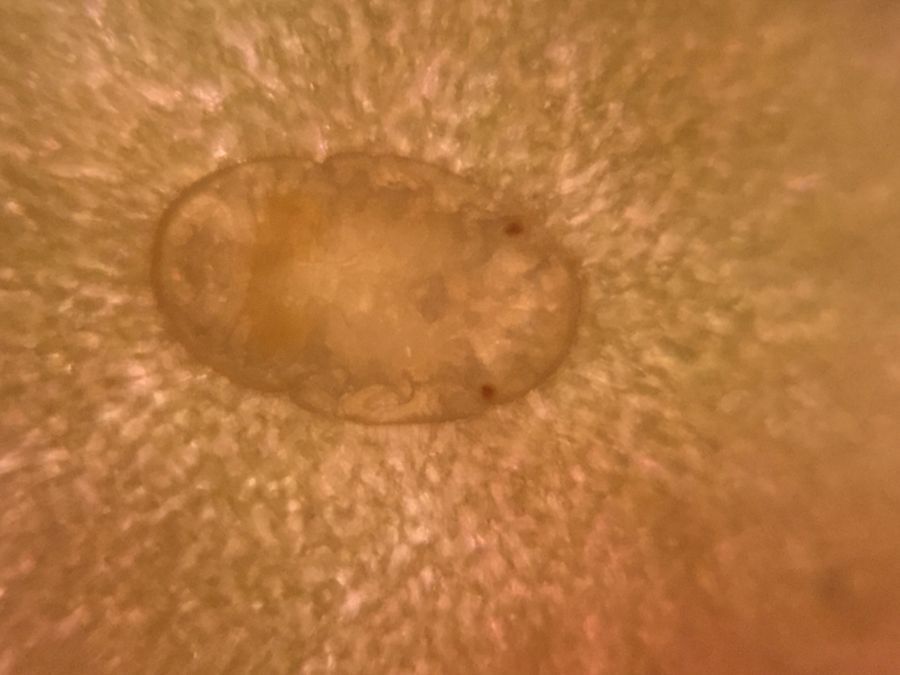
I have started making a lot of connections between life history of different animals. Most insect transform to such an incredible degree between life stages; that it’s almost impossible to bin them as the same species until you see one – transform into another.
With light of this above note
I am starting a little fun “puzzle” sequence where I will post some fun puzzle images and let everyone guess what it is. Leave your comments below..
Lots of clues hidden in the images itself; so keep wondering 🙂
Rules of the game/hints: if you ask me “yes” – “no” questions in this – what animal is this game.. I will oblige below in comment section.
With light of this above note
I am starting a little fun “puzzle” sequence where I will post some fun puzzle images and let everyone guess what it is. Leave your comments below..
Lots of clues hidden in the images itself; so keep wondering 🙂
Rules of the game/hints: if you ask me “yes” – “no” questions in this – what animal is this game.. I will oblige below in comment section.
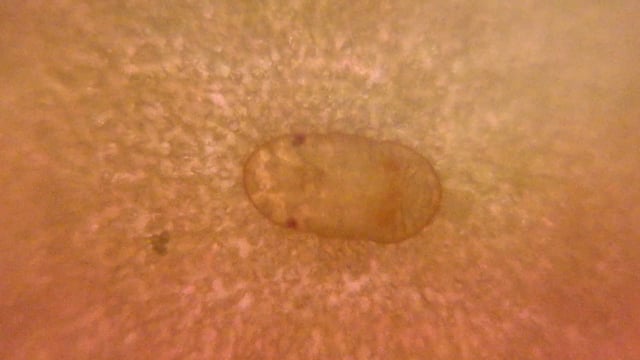





Clue: I found many of them..
Cheers
Manu
—X–
Update: by popular request; I am also uploading other life stages of the bug as a clue as well. Lots of information in these little videos.
Cheers
Manu
—X–
Update: by popular request; I am also uploading other life stages of the bug as a clue as well. Lots of information in these little videos.






Also; to give you a perspective of how I got excited about the mystery bug; here are the leaves I first found them. Notice the distinct indentation that’s present on the leaf.

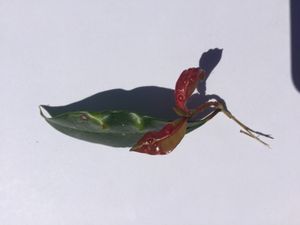
The bottom of the leaf is what’s hiding the surprise.
Here is the transition of the tree and live imaging.
Here is the transition of the tree and live imaging.
Finally; here is the adult stage.


Happy hunting.. Remember its importance to California (as a clue)..
Cheers
Manu
Ps: the suggestions below are close – but not exact as yet. Some more mysteries are hidden; if you look closely at the new material.
—X–X–
Update: I have now posted this observation on iNaturalist as well. Once I get the official ID; I will post it here.
iNatutalist Observation
http://www.inaturalist.org/observations/3198669
Cheers
Manu
Ps: the suggestions below are close – but not exact as yet. Some more mysteries are hidden; if you look closely at the new material.
—X–X–
Update: I have now posted this observation on iNaturalist as well. Once I get the official ID; I will post it here.
iNatutalist Observation
http://www.inaturalist.org/observations/3198669
Sign in to commentNobody has commented yet... Share your thoughts with the author and start the discussion!
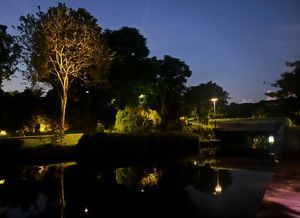
 0 Applause
0 Applause 0 Comments
0 Comments